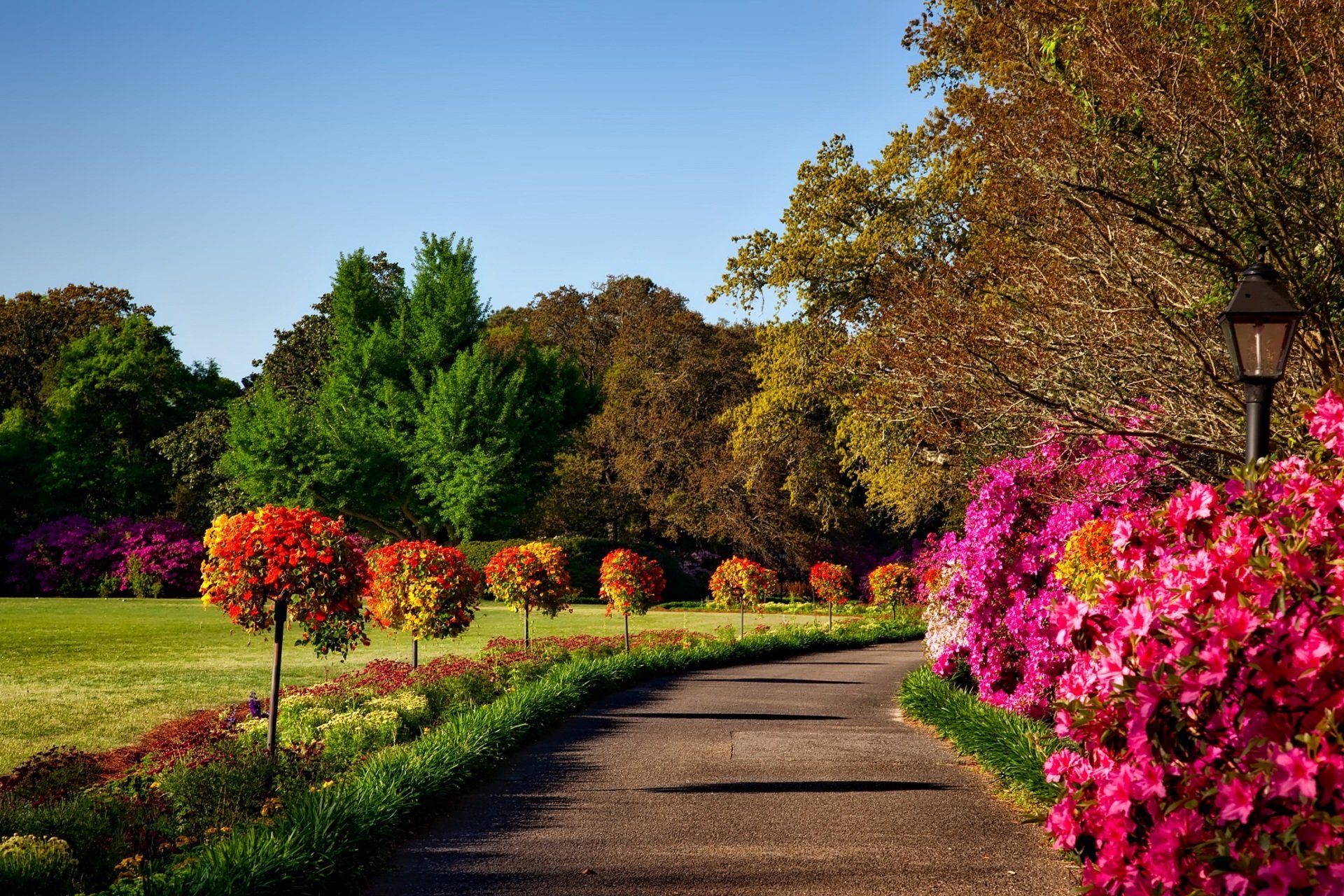Top 3 All Natural Enhancements for Your Yard and Garden
Ditch the Chemicals - Garden the Natural Way!

When it comes to landscaping and lawn care, many people resort to using chemical pesticides, herbicides, and fertilizers to achieve a lush and green outdoor space. However, these chemicals can be harmful to the environment, including the plants, animals, and people that live in the surrounding areas. Luckily, there are all-natural enhancements that can help you achieve the same results without any harmful chemicals. Here are the top three all-natural enhancements you can make to your lawn or landscaping.
1) Composting - Composting is an excellent way to improve the soil quality in your lawn or garden without using any chemicals. Composting is the process of breaking down organic materials such as leaves, grass clippings, food scraps, and other biodegradable waste into a nutrient-rich soil amendment. Compost is an excellent source of nitrogen, phosphorus, and potassium, which are essential nutrients for plant growth. It also helps retain moisture in the soil and improves soil structure, allowing for better water and nutrient retention.
To start composting, all you need is a compost bin or pile, organic materials, and a little patience. Composting requires a balance of carbon-rich and nitrogen-rich materials. Carbon-rich materials include dried leaves, wood chips, and newspaper, while nitrogen-rich materials include grass clippings, vegetable scraps, and coffee grounds. You should aim for a ratio of 2:1 of carbon to nitrogen to achieve optimal composting conditions. Turning the pile regularly and keeping it moist will speed up the composting process
2) Mulching - Mulching is another all-natural enhancement that can help improve soil quality and reduce the need for chemical fertilizers. Mulch is a layer of organic material, such as wood chips, straw, leaves, or grass clippings, that is spread over the soil surface around plants. Mulch provides several benefits to your lawn or garden, including:
- Regulating soil temperature: Mulch helps keep the soil cool in the summer and warm in the winter, which is beneficial for plant growth.
- Retaining moisture: Mulch helps retain moisture in the soil, reducing the need for frequent watering.
- Suppressing weeds: Mulch helps suppress weed growth by blocking sunlight and preventing weed seeds from germinating.
- Improving soil structure: As mulch decomposes, it adds organic matter to the soil, which improves soil structure and fertility.
To use mulch, spread a layer of it around plants, making sure not to cover the base of the plant or trunk of trees. You should aim for a thickness of 2-3 inches of mulch to achieve optimal benefits.
3) Companion Planting - Companion planting is the practice of planting two or more plant species together to benefit each other. Companion planting can help improve soil fertility, control pests and diseases, and increase crop yields. Companion planting works by taking advantage of the natural relationships between plants, such as the attraction of beneficial insects or the repulsion of harmful pests.
Some popular companion planting combinations include:
- Marigolds and tomatoes: Marigolds release a chemical that repels nematodes, which are harmful to tomatoes.
- Beans and corn: Beans add nitrogen to the soil, which benefits corn, while corn provides a support structure for beans to climb.
- Basil and tomatoes: Basil repels tomato hornworms, which are harmful to tomatoes.
Companion planting can also help attract pollinators, such as bees and butterflies, which are essential for plant reproduction. Planting a diverse mix of plants in your lawn or garden can help create a healthy ecosystem, reducing the need for chemical pesticides and herbicides.
In conclusion, natural enhancements such as composting, mulching, and companion planting are environmentally friendly alternatives that can help improve soil quality, minimize the use of harmful chemicals, and create a thriving ecosystem in your lawn or garden. By incorporating these natural techniques into your landscaping practices, you can achieve a lush and healthy outdoor space that benefits both your plants and the environment.
- "Composting for the Homeowner." University of Illinois Extension, https://extension.illinois.edu/composting/homeowner. Accessed 10 May 2023. This resource from the University of Illinois Extension provides detailed information on composting, including what to compost, how to create a compost pile, and how to use finished compost in your garden.
- "Mulching Trees and Shrubs." The Ohio State University Extension, https://ohioline.osu.edu/factsheet/hyg-1086. Accessed 10 May 2023. This fact sheet from The Ohio State University Extension explains the benefits of mulching trees and shrubs and provides guidance on how to properly mulch your plants.
- "Companion Planting: Basic Concepts & Resources." University of California Agriculture and Natural Resources, https://ucanr.edu/sites/UC_Master_Gardener_Program/files/279889.pdf. Accessed 10 May 2023. This resource from the University of California Agriculture and Natural Resources explains the basic concepts of companion planting and provides a list of plant combinations that work well together in the garden.
Critter Repellent All Natural Animal Repellent Blog












